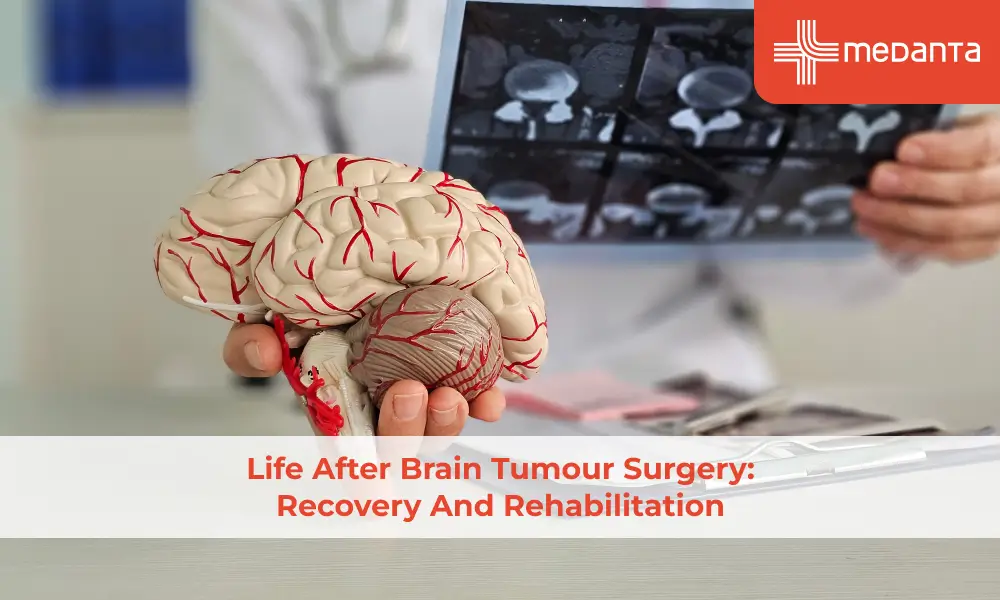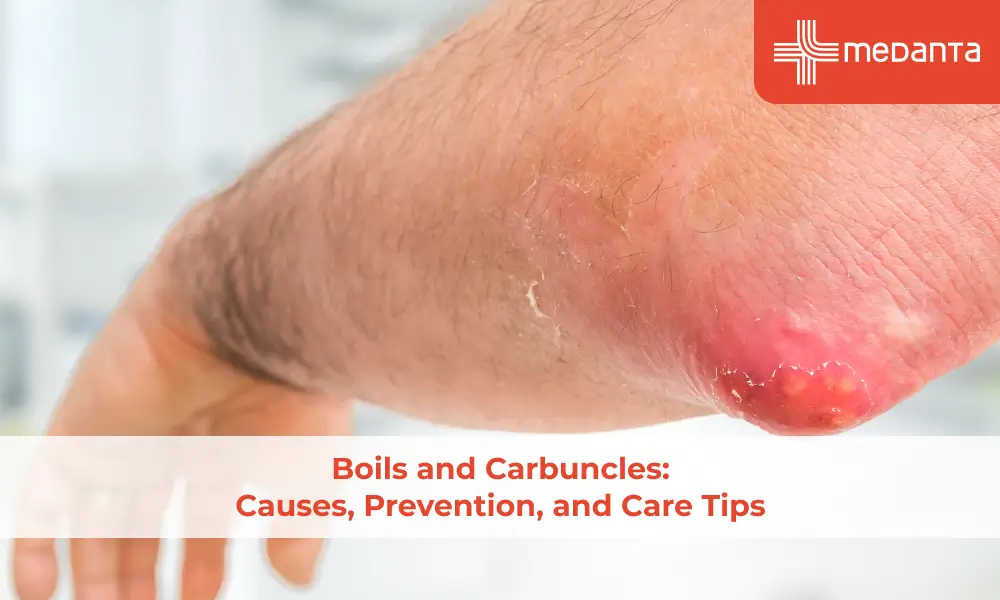Breaking Down the Stages of Hepatitis: From Detection to Treatment

Hepatitis is a global health concern that affects millions of people worldwide. It's very important to learn about the stages of hepatitis for early detection and effective treatment. In this blog, we'll explore the types of hepatitis, hepatitis causes, and delve into the stages of hepatitis, from detection to treatment.
What Are the Different Types of Hepatitis
Hepatitis can be categorised into five main types:
- Hepatitis A: Hepatitis A is primarily transmitted through the consumption of contaminated food or water. It causes acute liver infection and is often self-limiting. Symptoms include:
- Fatigue
- Nausea
- Abdominal pain
- Jaundice
- Hepatitis B: This is a bloodborne virus that can get transmitted through sexual contact, sharing needles, or from an infected mother to her newborn. It can cause severe liver infections. Some common symptoms include:
- Fatigue
- Jaundice
- Joint pain
- Dark urine
- Hepatitis C: This condition is primarily spread through contact with infected blood, commonly through sharing needles. It can cause chronic liver disease and, if left untreated, may lead to cirrhosis or liver cancer. Many people with Hepatitis C may not experience symptoms for years.
- Hepatitis D: Hepatitis D is a viral infection that occurs only in individuals who are already infected with Hepatitis B. It is primarily transmitted through contact with infected blood or sexual contact. Hepatitis D can cause more severe liver damage than Hepatitis B alone.
- Hepatitis E: Hepatitis E is primarily transmitted through the consumption of contaminated water or food. It is more common in areas with inadequate sanitation. Although usually self-limiting, it can be particularly dangerous for pregnant women and those with pre-existing liver disease.
Hepatitis Causes and Risk Factors
Knowing the proper hepatitis causes and risk factors associated with each type of hepatitis is essential for prevention and early detection.
- Viral Infections: All the types of Hepatitis are caused by specific viruses. Each virus has different modes of transmission, including contaminated food or water, bloodborne transmission, sexual contact, or mother-to-child transmission.
- Contaminated Food or Water: Hepatitis A and E are primarily transmitted through the consumption of contaminated food or water. Poor sanitation and inadequate hygiene practices contribute to the spread of these viruses.
- Sexual Contact: Hepatitis B and, to some extent, Hepatitis C can be transmitted through sexual contact, especially unprotected sex with an infected individual.
- Injecting Drug Use: Sharing needles or other drug paraphernalia is a significant risk factor for Hepatitis B and Hepatitis C transmission. The viruses can be transmitted through the blood when contaminated needles are shared.
- Mother-to-Child Transmission: Hepatitis B can get transmitted from an infected mother to her baby during childbirth. This transmission can be prevented with proper vaccination and medical interventions.
Stages of Hepatitis and Progression
Hepatitis progresses through distinct stages, including the acute and chronic phases. Understanding these stages is crucial for effective management and hepatitis treatment.
Acute Hepatitis
The acute phase of hepatitis is the initial stage of infection. During this stage, the virus begins to replicate, and the body's immune response is triggered. Symptoms may include fatigue, fever, nausea, loss of appetite, abdominal pain, and jaundice. The duration of the acute phase varies depending on the type of hepatitis.
Chronic Hepatitis
If your immune system fails to eliminate the virus during the acute phase, hepatitis can progress to the chronic stage. Chronic hepatitis can lead to long-term liver damage, such as cirrhosis or liver cancer. Symptoms may be mild or absent, making early detection challenging.
Hepatitis Detection and Diagnosis
Prompt detection and diagnosis of hepatitis are vital for initiating appropriate treatment and preventing further liver damage.Blood Tests: Blood tests are commonly used to detect hepatitis. These tests measure liver enzymes, such as alanine transaminase (ALT) and aspartate transaminase (AST), which can indicate liver inflammation or damage. Specific viral markers and antibody tests help identify the type of hepatitis.
- Liver Function Tests: Liver function tests provide valuable information about the liver's overall health and its ability to perform essential functions. These tests measure bilirubin levels, albumin, clotting factors, and other parameters.
- Imaging Techniques: In some cases, imaging techniques like ultrasound, CT, MRI may be used to assess the liver's structure and identify any abnormalities.
Hepatitis Treatment Options
Hepatitis treatment options vary depending on the type and stage of the infection. Early detection and intervention play a crucial role in managing the disease.
- Antiviral Medications: Antiviral medications are available for certain types of hepatitis like Hepatitis B and Hepatitis C. These medications aim to suppress viral replication, reduce liver inflammation, and prevent long-term complications.
- Immunizations: Vaccinations are available for Hepatitis A and Hepatitis B and are highly effective in preventing infection. Vaccination is recommended for individuals at high risk, including healthcare workers, travellers to endemic areas, and individuals with specific medical conditions.
- Supportive Care: Supportive care focuses on relieving symptoms and maintaining overall health. This may involve rest, adequate nutrition, hydration, and avoiding hepatotoxic substances, such as alcohol and certain medications.
- Lifestyle Modifications: Making lifestyle changes can have a positive impact on liver health. A healthy diet, regular exercise, and avoiding alcohol and illicit drugs can help reduce the burden on the liver and promote overall well-being.
Prevention and Public Health Measures
Prevention is a kеy component іn thе fight against hepatitis. It is important to stop the disease's spread and its detrimental effects on peoplе and communitіеs.
- Vaccination: Vaccination against Hepatitis A and Hepatitis B can greatly lowеr the risk of contracting thе іllnеss. Ensuring widespread immunisation can significantly reduce the incidence of these types of hepatitis.
- Safe Sex Practices: Practising safe sex by using barrier methods such as condoms can help prevent the sexual transmission of hepatitis B and C.
- Hygiene Standards: Maintaining proper hygiene practices, such as handwashing with soap and clean water, can reduce the risk of Hepatitis A and E transmission through contaminated food or water.
- Needle Exchange Programs: Implementing harm reduction strategies, such as needle exchange programs for intravenous drug users, can help prevent the transmission of Hepatitis B and C.
- Awareness and Access to Testing and Treatment: Raising awareness about hepatitis, reducing stigma, and improving access to testing and hepatitis treatment are crucial steps in the fight against this disease. Public health initiatives and educational campaigns play a vital role in achieving these objectives.
Conclusion
Understanding the stages of hepatitis, from detection to hepatitis treatment, is vital for early intervention and effective management of the disease. By recognizing the different types of hepatitis, hepatitis causes, and risk factors, we can take proactive steps towards prevention and treatment. Through vaccination, safe practices, and improved access to testing and treatment, we can work towards a world free from the burden of hepatitis. Let us prioritise prevention, spread awareness, and support global efforts to eradicate hepatitis.
Are you suffering from hepatitis? Have you not received the Hepatitis B & Hepatitis A vaccines? Speak to a hepatologist/physician about this.






